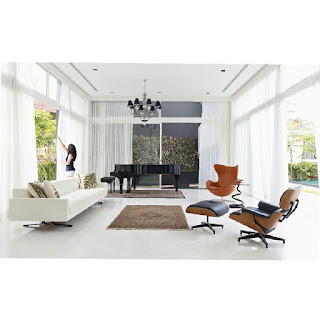How to Incorporate Patterns and Textures in Interior Design

When you think of interior design, the hierarchy of thought is often this: space planning, architectural and interior design style, colour palette, furnishings, materials, followed by patterns and textures. In architectural and interior design, patterns and textures are often relegated as an afterthought that comes secondary to more “important” design elements such as space planning and style but they should never be overlooked as they wield the power to make any space pop. The reason why many neglect them are because of their seamless ability make any room more visually appealing without people even knowing. A Tactile Environment Everything in a room has texture but adding texture means amplifying the tactile quality through the use of materials and varying surfaces. From soft fabrics and textiles with movement, to harder materials like wood and stone, or any touchable surface, these materials have the ability to spice up the design of the space through sight and touch. Tactile Te...


